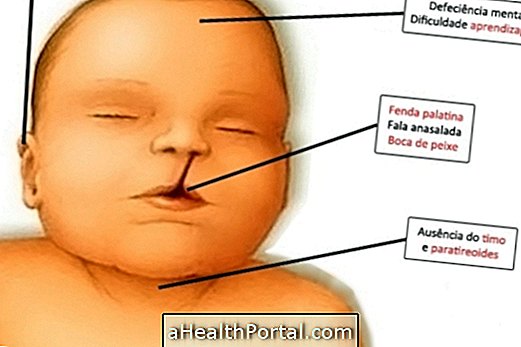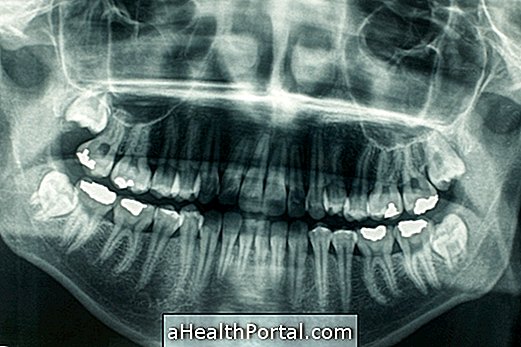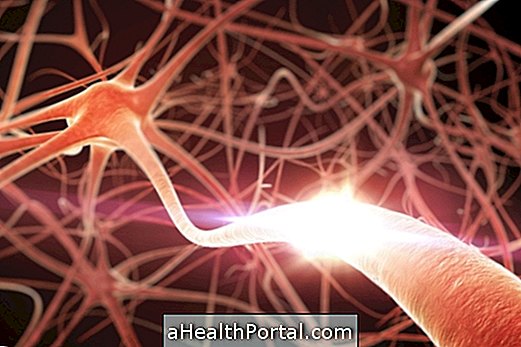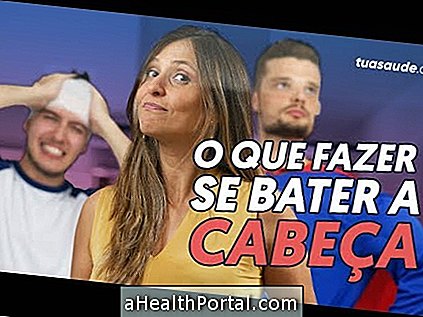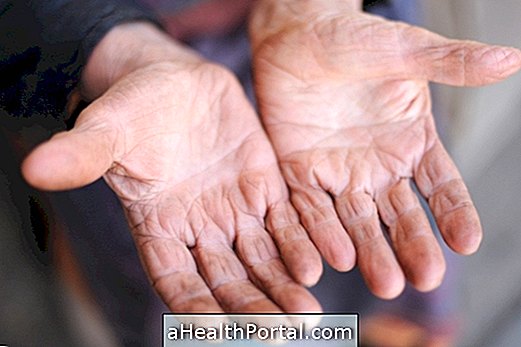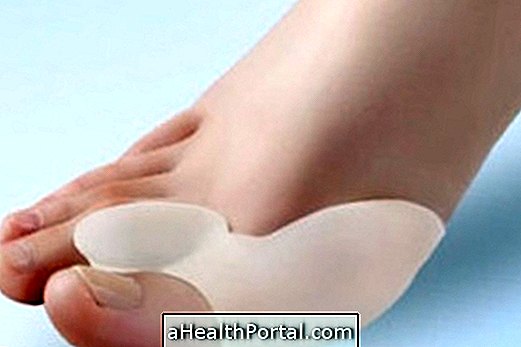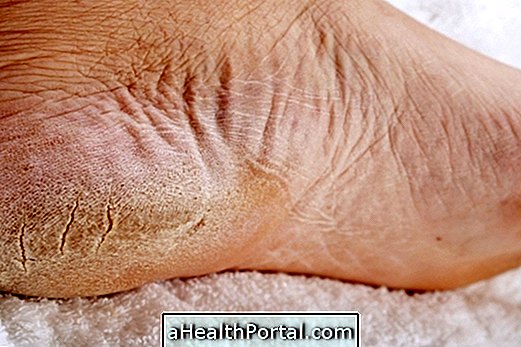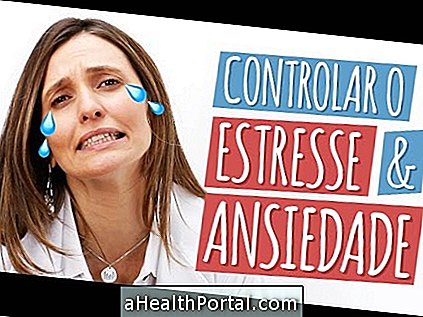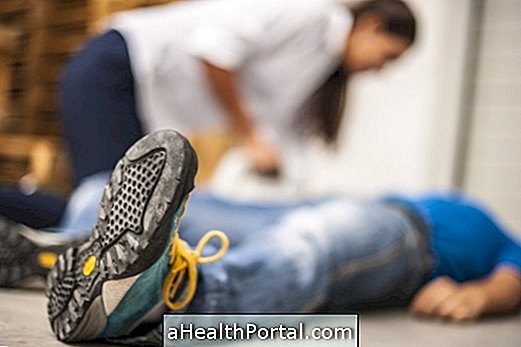To help the baby with Down Syndrome sit down and walk faster, one should take the child to physical therapy from the third or fourth month of life until about five years of age. The sessions are usually held 2 to 3 times a week and there are several exercises disguised as games that have the purpose of early stimulation of the child so that he can hold his head, roll, sit, stand and walk faster.
A child with Down syndrome who performs motor physical therapy usually starts walking around the age of two, while the child who does not undergo physical therapy can begin walking only after age 4. This demonstrates the benefits that physiotherapy has for the motor development of these children.


Benefits of Down Syndrome Physical Therapy
Physiotherapy includes soil therapy and psychomotor stimulation, where objects such as mirrors, balls, foams, mats, circuits and various educational toys that stimulate the senses are used. Its main benefits are:
- Combat hypotonia, which is when the child has decreased muscle strength, and always gets a lot of grinding;
- Encourage motor development and help the child learn to hold his head, sit, roll, stand and walk;
- Develop or improve balance in various postures, such as sitting and standing, so that he does not stagger when he tries to stand or needs to walk with his eyes closed, for example;
- Treat scoliosis, avoiding that the spine is badly damaged and makes changes in posture difficult.
The Bobath technique is also a good way to stimulate the development of the child with Down Syndrome and consists of exercises performed on the floor or with the ball, working on both sides of the body and the contralateral in order to improve the development of the nervous system of child.
The use of bandages that are a kind of colored glue tape that is applied to the skin is also a feature that can be used to facilitate learning tasks such as being able to sit alone, for example. In this case, the glue tape can be applied crosswise in the child's belly so that it is more firm and can lift the trunk from the ground, since to perform this movement requires a good control of the abdominal muscles, which are usually very weak in case of Down Syndrome.


Exercises help the baby to develop
Physiotherapy treatment in Down Syndrome should be individualized because each child needs full attention during the activities, according to their motor skills and need, but some objectives and examples of exercises are:
- Put the baby sitting on his lap and attract his attention with a mirror or toy that makes sounds, so he can hold his head when sitting;
- Put the baby lying on their belly down and attract their attention, calling it by name so it looks up;
- Put the baby lying on his belly up with a toy he likes so much on his side so he can turn to catch it;
- Place the baby in a hammock or swing, moving it slowly from side to side, which helps to calm and organize the labyrinth in the brain;
- Sit on the couch and leave the baby on the floor and then attract his attention so that he wants to stand up, supporting the weight of the body on a sofa, which strengthens his legs so he can walk.
This video, despite showing the exercises in a child that without delay in development contains some exercises that can be performed in children with Down syndrome:

Equine Therapy for Down's Syndrome
In addition to this type of physiotherapy in the soil, there is also physiotherapy with horses, which is called equine therapy. In it, riding itself helps to improve children's balance.
Usually this type of treatment begins between 2 and 3 years of age with sessions once a week, but some exercises that may be indicated are:
- Riding with eyes closed;
- Remove one foot from the stirrup;
- Hold the horse's neck, hugging it while riding;
- Release the feet of the two stirrups at the same time;
- Exercise with your arms while riding, or
- Ride upright or crouched.
It has been proven that children who do both physiotherapy and physiotherapy in the soil have better postural adjustments and have adaptive reactions to not fall faster, have greater control of movements and manage to improve their body posture faster.
Here are exercises that can help your child talk faster.

